When I first came into contact with new energy vehicles, I naively thought that if the AC and DC chargers could work together, it would effectively improve the charging power.
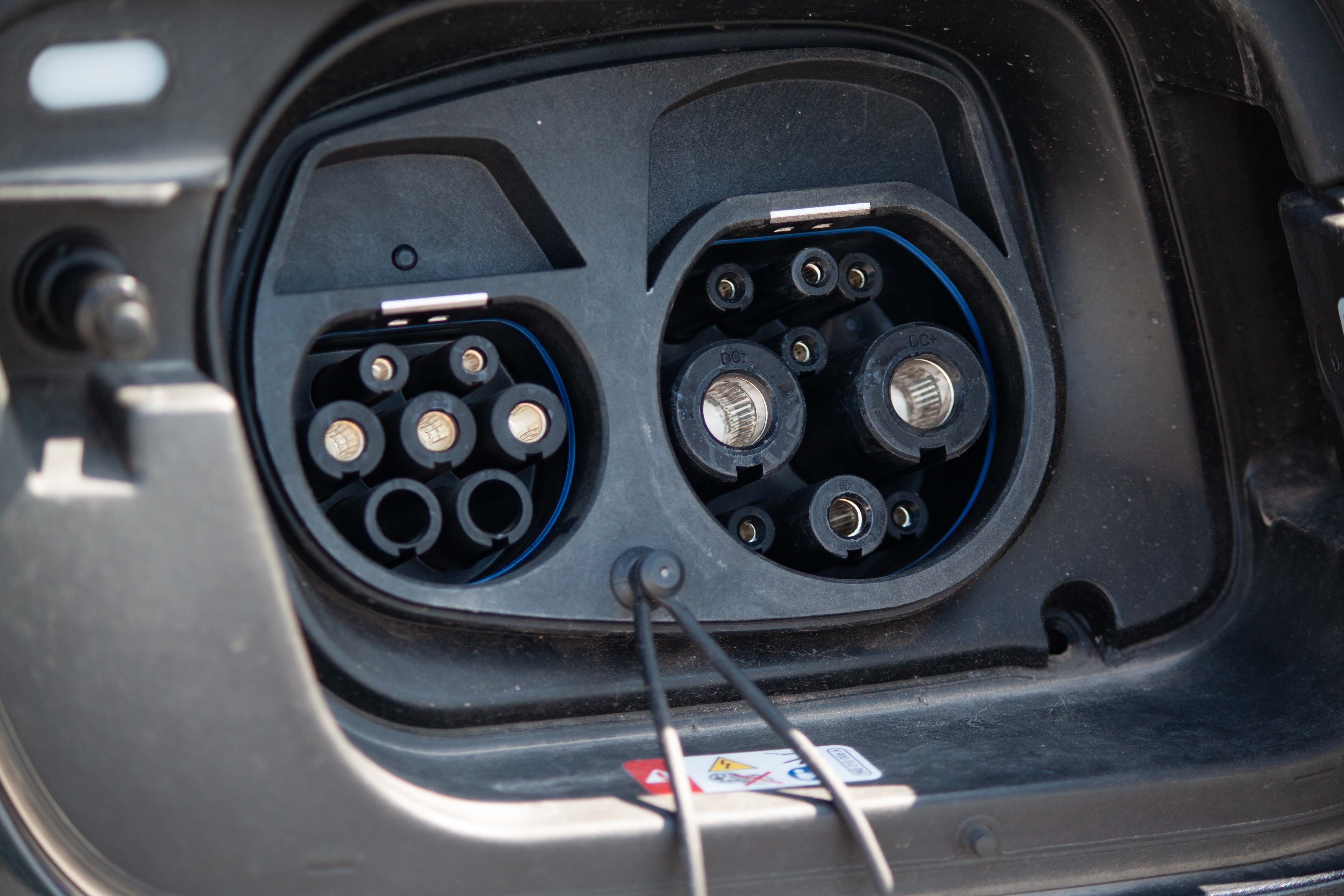
It wasn’t until I majored in new energy vehicles in college that I realized that AC power needs to be converted to DC power through the onboard charger (OBC) to charge the power battery. In contrast, when charging with DC power, the charging pile has already converted AC power to DC power at the pile end, which can directly charge the vehicle through the BMS. Therefore, theoretically, it cannot charge simultaneously.
From a practical perspective, the maximum power of AC charging is only 11 kW and generally around 7 kW, so it is not of much practical significance even if it can be done.
Later on, I saw that BYD’s pure electric buses and mixer trucks, commercial vehicles, were able to charge simultaneously with dual DC chargers. Now, BYD has directly brought this technology down to the DENZA D9 EV version. Before this, we had already experienced the DENZA D9 DM-i in full. Those interested in space and driving experience can click on this article: “The Road of Domestic Luxury MPV, A 10,000-word Analysis of DENZA D9|42Test.” In this article, we will focus more on the experience of dual-charging and the appearance and dynamic aspects of the pure electric version.
Dual-Charging: Technology Outsource
Although dual-charging is not a very new technology, DENZA D9 EV is one of the few models with this technology in passenger cars. In the process of introducing dual-charging, I will unfold it from three aspects: charging efficiency, user experience, and dual-charging technology, and more interested in the actual experience of the advantages of DENZA D9 EV’s dual-charging technology.
Can charging efficiency rank first in the list?
Previously, the DENZA D9 DM-i with a 40 kWh battery pack ran out of 90 kW at a rated voltage of 614.4 V which was already very surprising. DENZA D9 EV is equipped with a 103 kWh battery pack, and the rated voltage of the power battery is 608 V. The official said that no matter it is the main charging port on the right side, the vice charging port on the left side or the condition of dual-charging, the maximum charging power can reach 166 kW and the charging time from 30\% to 80\% only takes 30 minutes.
Let me first introduce the charging environment we used for testing. We chose the commonly used Xiaoju charging station, which is located outdoors with a temperature range of around 9 °C. The vehicle was not preheated before charging.
The left gun used a 60 kW Xiaoju charging station with a rated output voltage of 750 V and a rated output current of 105 A. The right gun used a 120 kW Xiaoju charging station with a rated output voltage of 750 V and a rated output current of 250 A. We tested and found that it only took 43 minutes to charge from 8% to 95%, and only 58 minutes to fully charge up to 100%. Additionally, when the SOC of the left gun reached 95%, it stopped charging, while the right gun may have continued to charge to 100% due to being connected to the main charging port.

During the charging process, the rated power of the left gun was 60 kW, and the maximum measured current was 98.2 A with a maximum voltage of 681.8 V, achieving a power of 66.9 kW. The rated power of the right gun was 120 kW, and the maximum measured current was 161.4 A with a maximum voltage of 682.5 V, achieving a power of 110.2 kW. The combined maximum power of the two guns was 177.1 kW, exceeding the official claim of 166 kW. Moreover, when the SOC was 25%, it had already reached the peak power of 167 kW. The observed efficiency was remarkable, and it is indeed significant for the 103 kWh battery.
Currently, the top of our charging leaderboard is the XPeng G9, an 800 V platform which ran up to 121.6 kW on a 120 kW Xiaoju station, taking only 53 minutes to charge from 5% to 95%. Based on the 43 minutes of DENZA D9, this seems to be the new leader on the 42Test charging leaderboard, although this may not be entirely fair.### High power is not picky, but is mobile picky?
According to data statistics, in the current distribution of public DC charging stations, those below 150 kW account for 71\% (23\% between 60-120 kW, and 37\% between 120-150 kW), with those above 150 kW accounting for 29\% (18\% between 150-180 kW and 11\% above 180 kW). Therefore, even when driving a vehicle with an 800 V platform, apart from the proprietary charging stations, the upper limit of the 800 V platform mainly depends on the upper limit of the charging station.

For the DENZA D9, double-guns fast charging, even if the power limit of the charging station cannot reach the upper limit of the vehicle, the effect of this simple and rude method is undoubtedly more obvious.
Everything has two sides, and the DENZA D9 EV’s double-gun charging is no exception.
166 kW can be achieved on most third-party charging stations with 120 kW and 750 V conditions, provided that you have two charging stations. In addition to single-gun charging stations, in order not to be split, we also need to find two charging stations for energy supplementation on the double-gun charging stations (refer to the location where the vehicle is parked in the figure below). If the idle rate of the charging site is relatively large, it is still okay. If it is already tense, it is quite embarrassing.
In addition to the occupancy factor, some charging software and mini-programs do not support multiple orders at the same time. Through our inquiry, Xiaojv Charging and JiaDian App cannot handle multiple orders at the same time, Xingxing Charging and Telematics can handle up to 3 orders at the same time, and the State Grid’s e Charging has no limit on the number of orders. Therefore, high power is not picky, but mobile is picky about charging stations. Fortunately, most mainstream charging brands support multiple orders.
To be honest, there is a simple solution to the problem of having only one phone – use two apps to scan the code and charge simultaneously.
Commercial Vehicles Adopt Dual-gun Charging – Not a Difficult Technology
The application of dual-gun charging originally appeared on the pure electric buses for commercial transportation. The power battery charging current for pure electric buses over 8m mostly supports over 250A. However, facing buses with capacities of 200kWh to 300kWh, single-gun direct current charging with a maximum current of 250A is already incapable of meeting daily mileage requirements, so dual-gun charging was born and became the preferred method of shortening charging time for pure electric buses. This method also has practical significance for the DENZA D9 EV with a capacity of 103 kWh.
However, the dual-gun DC charging system is not a cutting-edge new technology in terms of principles. There are only four key controls in the process for dual-gun DC charging: plug-in startup, identification and locking, charging process, and finish charging. The process is almost the same as that of single-gun charging.
The Battery Management System (BMS) still judges the connection through the physical connection signal CC2 of the charging gun. It just adds a CC2 signal to identify the single or dual-gun charging mode. After signal recognition, the dual-lane communication enables the dual-gun to operate asynchronously. Different DC guns can be arbitrarily combined in the high-voltage distribution box for current convergence, and then supply energy to the power battery pack. In this way, increasing current can be conducted on the original 250A current to achieve the effect of enhancing power.
Compared with the current stage, the cost of 800V vehicles and charging facilities is high and the coverage is limited. The DENZA D9 EV’s dual-gun DC charging does not require a very large investment in technology, and only dealing well with the heating and heat dissipation of blade batteries for large current is necessary. DENZA’s Zhao Changjiang said that the cost increase of dual-gun charging is close to RMB 10,000 compared to single-gun charging, but it can get a high-power supplementary energy experience at present.
News Flash: Does the Weight of 120 kg Change Anything?
We have experienced the DENZA D9 DM-i version in-depth before, and the comfortable and advanced suspension performance left a deep impression on us. This time, with the replacement of the range extender with a 103kWh large battery, the EV 600 four-wheel drive flagship model’s weight directly increased by 120 kg, which is equivalent to the weight of two adults.

Besides, the power parameters are more aggressive. The total power of the dual motors reaches 275 kW (the front motor increases by 60 kW), and the total torque reaches 470 N·m (an increase of 20 N·m). The acceleration score for 100 kilometers is improved to 6.9 seconds. Will the DENZA D9 EV show some changes in dynamic driving after weight gain and power increase?
In actual driving, there is almost no difference between the two vehicles after DM-i turns off the internal combustion engine. Both the steering and the acceleration and brake pedals of the DENZA D9 EV are relatively heavy and do not have a light and agile feeling, but a feeling of driving a big car.
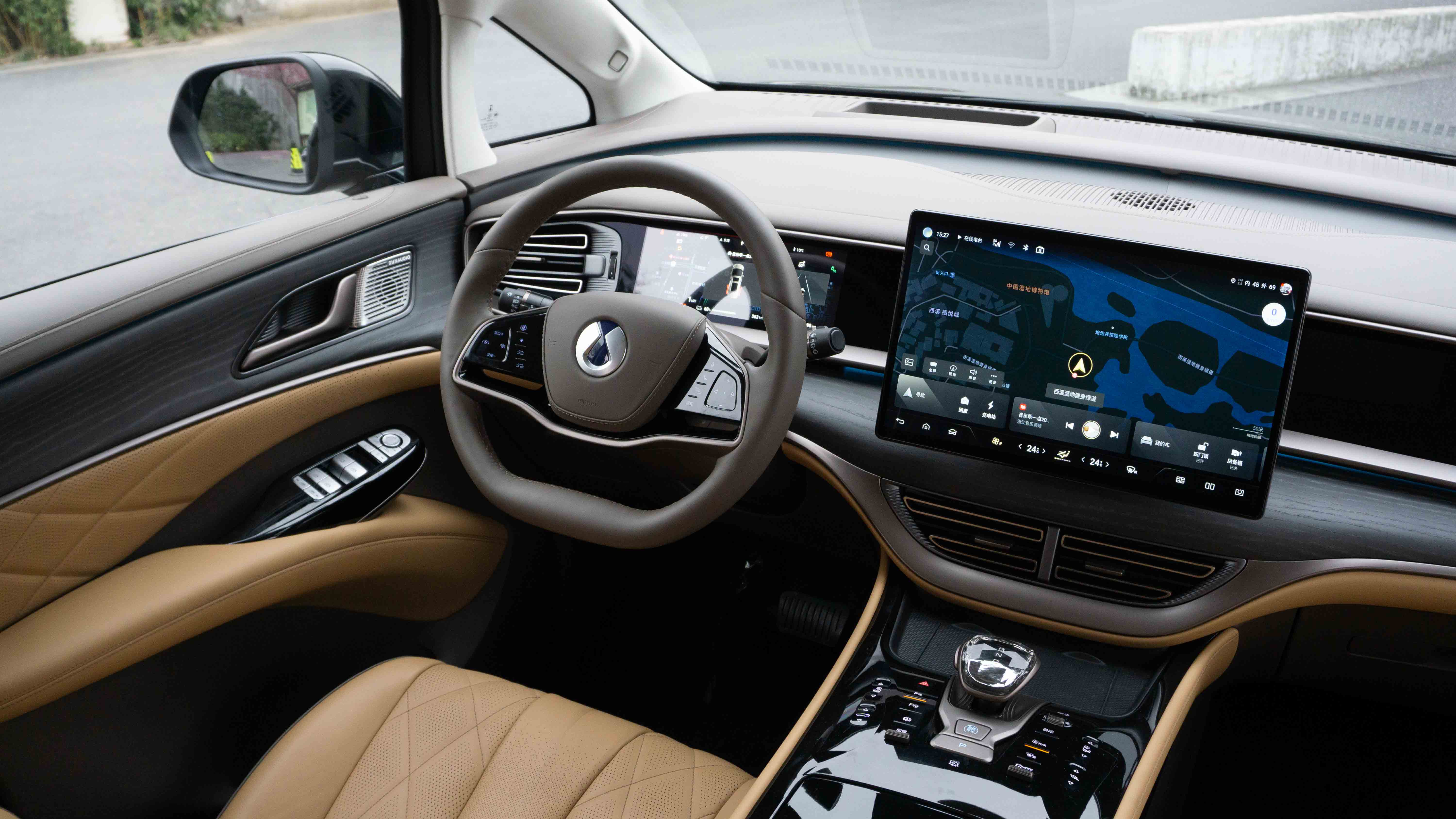
Regarding the steering feel, the electronic resistance of the steering wheel is heavy. In most situations, two hands are needed to turn the steering wheel. The virtual position within 15° of the middle is also relatively large. Fortunately, the steering wheel has a large self-centering torque, which is very positive whether turning or making a U-turn. The advantage of tuning the heavy and large virtual position in the middle is that the vehicle is not prone to shaking during driving, and it is more comfortable to drive the car.
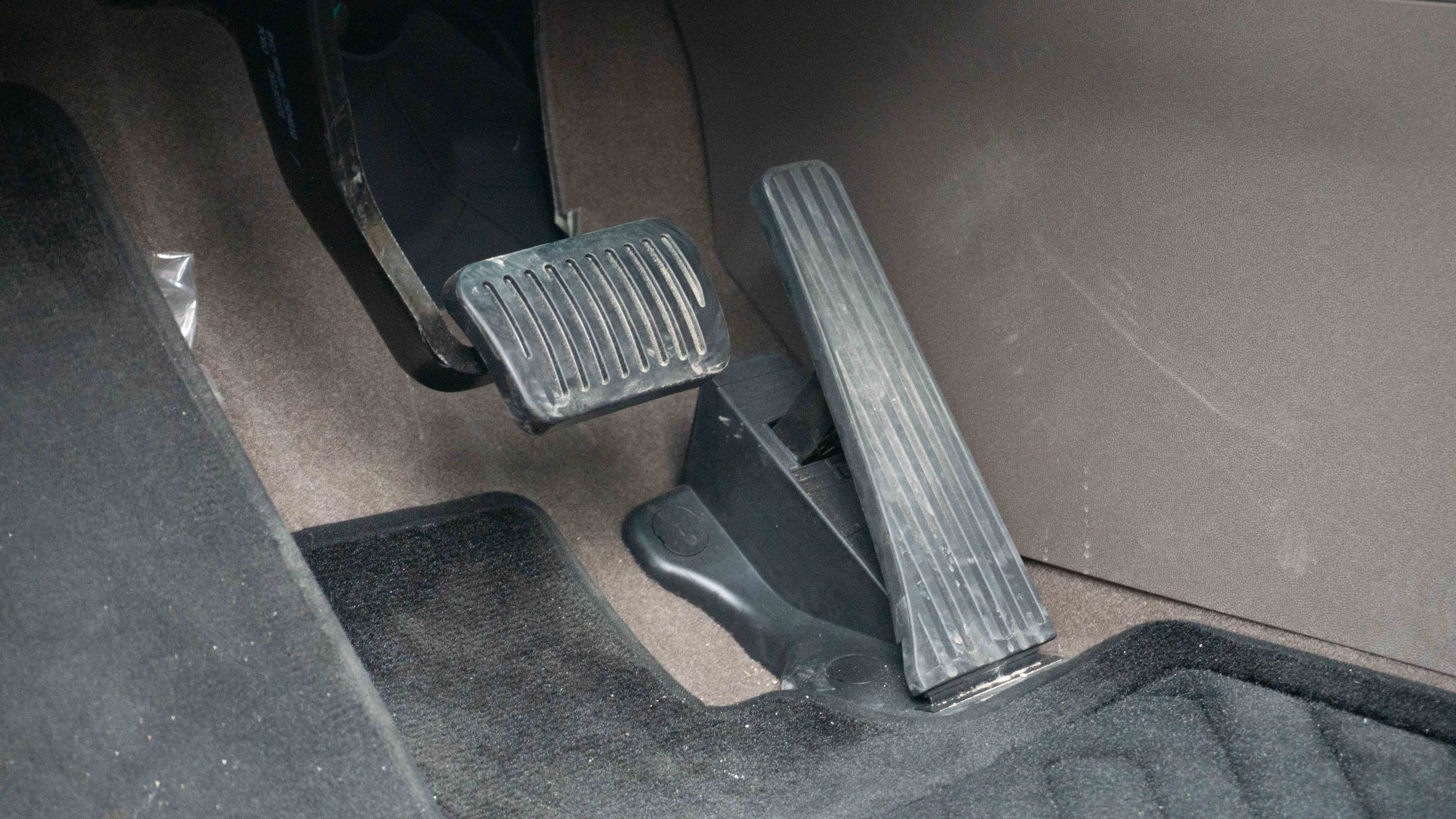
The same goes for the acceleration and brake pedals. The heavy foot feel combined with a long pedal stroke can also enable the vehicle to achieve precise acceleration and deceleration control. In the system option, there are many adjustment items for the intelligent chassis. There are two options for the braking assist, and the comfortable mode can provide a soft front brake feedback. The feedback of the front brake in the sports mode will be more obvious, which helps to enhance the braking confidence at high speeds.

In addition, there is also an option of comfortable acceleration and comfortable deceleration. The principle is to adjust the DiSus-C intelligent damping suspension to suppress the lifting and nodding phenomenon of the vehicle during acceleration and deceleration. After turning on the switch, due to the indeed powerful acceleration of the vehicle in 6.9 seconds, the lifting phenomenon can still be clearly perceived. However, the suppression of nodding during braking will be significantly improved, especially when the vehicle releases the brake pedal and will not wobble back and forth.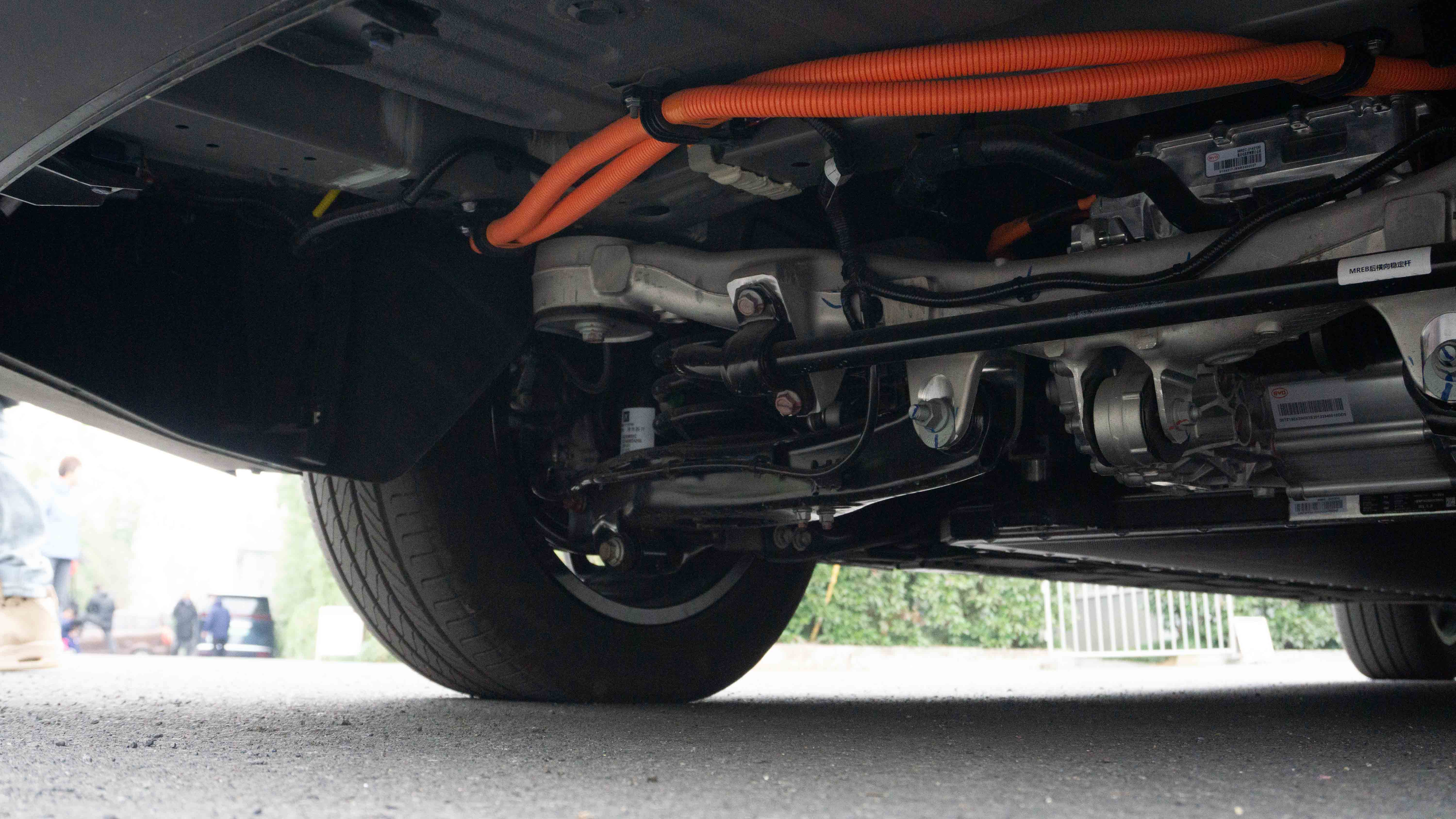
As an MPV, the suspension of the DENZA D9 EV is supposed to be comfortable. With the addition of electronic suspension, it needs to be made even more comfortable in order to distinguish it from other cars. Therefore, the DENZA D9 EV is particularly smooth when running over bumps, and the majority of road surface bumps can be absorbed and isolated by the suspension, forming a typical soft suspension with a long treatment process.
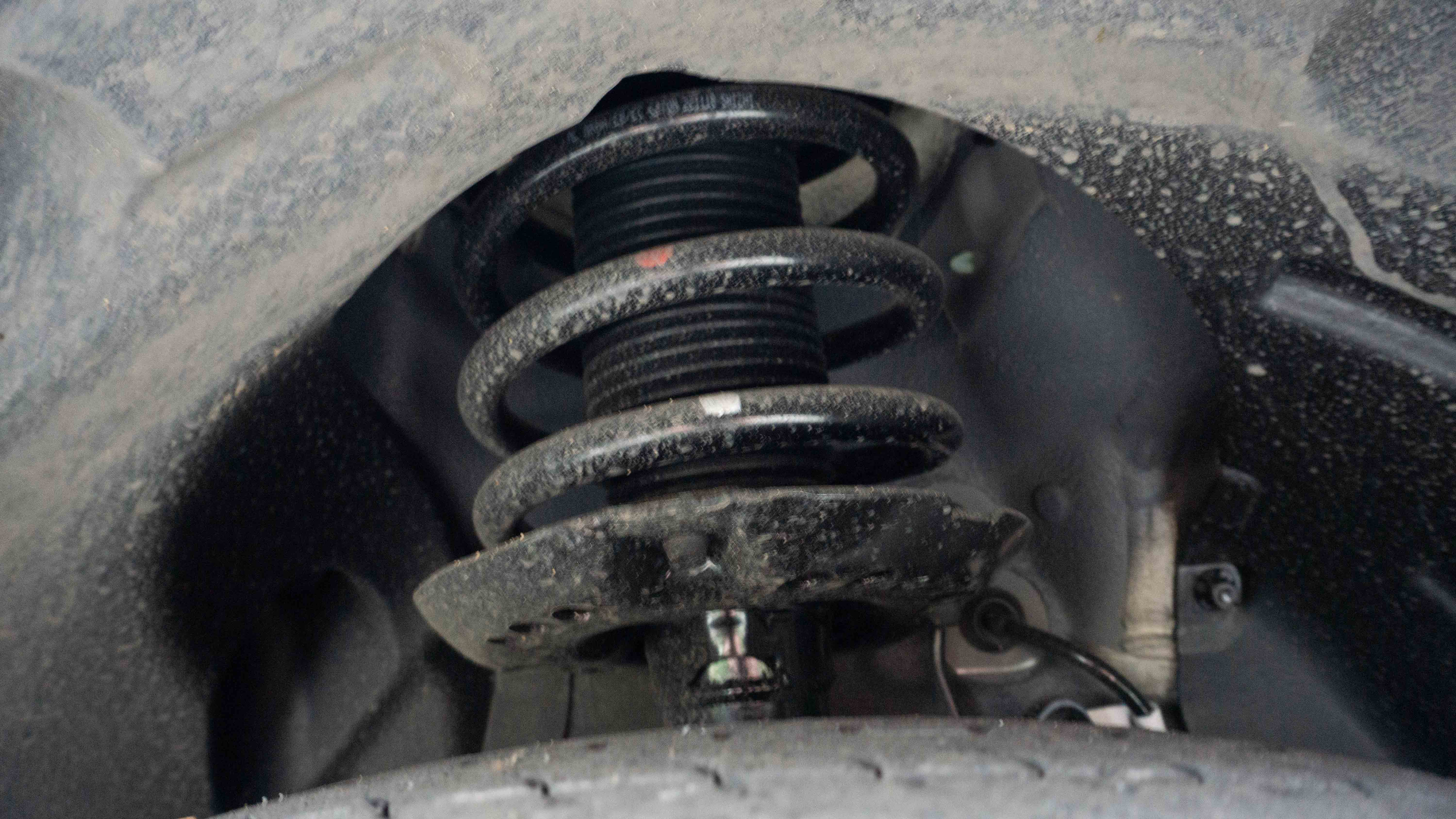
Another advantage of the long suspension travel is that even when encountering very deep trenches, the vibration will not directly impact the interior of the car. However, under extreme conditions, the vehicle will still shake, which is a common problem for MPVs. However, compared with other MPVs of the same level, the handling of the DENZA D9 is much better. At the same time, the long wheelbase can also bring a better sense of luxury.
When it comes to fine bumps, the DENZA D9 EV can also smooth them out as much as possible, but the isolation of vibration on this type of road surface is not thorough. The vibration feedback from some broken road surfaces will be transmitted to the interior of the car, provided that you feel the vibration from an evaluative perspective like me.
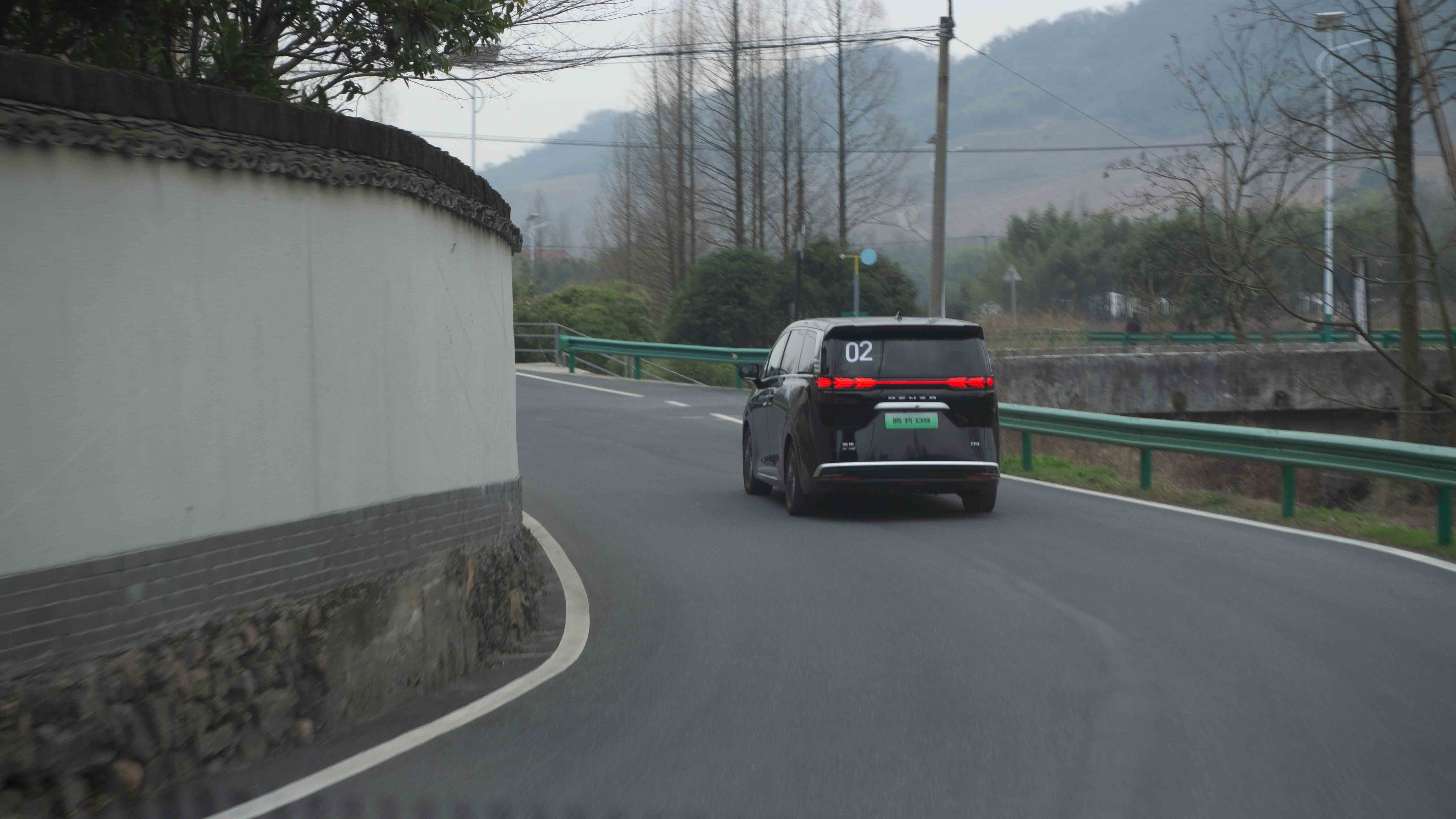
Overall, on dynamic roads, the DENZA D9 EV provides a very good comfort experience, which is not inferior to other cars of the same level. Compared with the DM-i, after the elimination of the internal combustion engine, vibration and noise have been improved, and basic wind noise, tire noise, and vibration isolation are well in place. The DENZA D9 EV has a high sense of luxury.
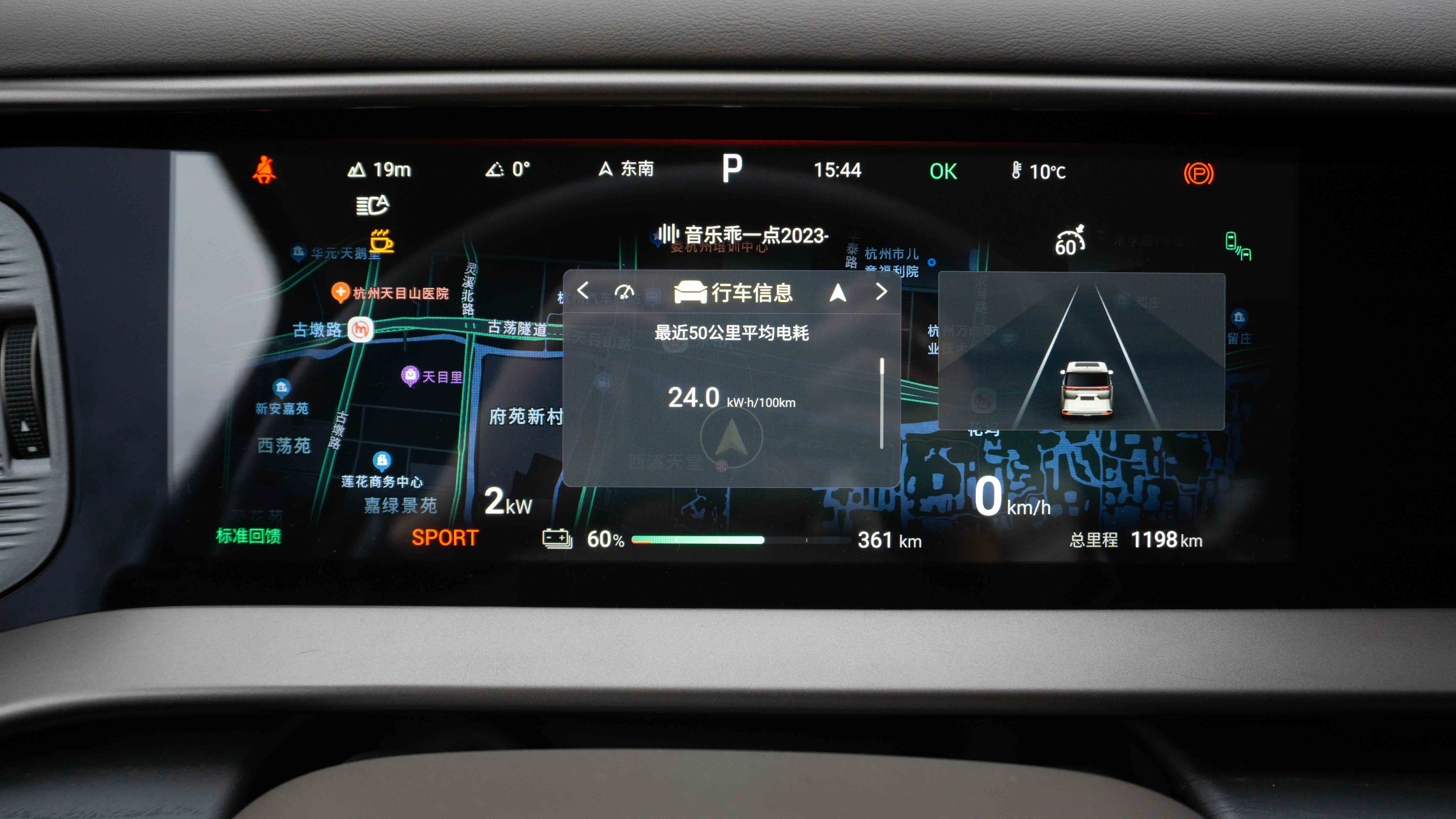
In addition, let’s talk about energy consumption. I almost always had the air conditioning at 22 degrees when driving nearly 50 km with two people in the car, at a pure high-speed 120 km/h. The average energy consumption displayed on the dashboard was 24 kWh/100 km, with a remaining SOC of 60\%, and the dynamic displayed remaining range was 361 km. This energy consumption performance is commendable for a four-wheel drive MPV. With an informal calculation, the theoretical full charge range is 429 km, which is enough for a round trip between Shanghai and Hangzhou on a single charge. It meets the needs of family and business suburban trips.## Exterior: New Style Front Face
Finally, let’s take a look at the changes in the appearance of the DENZA D9 EV.
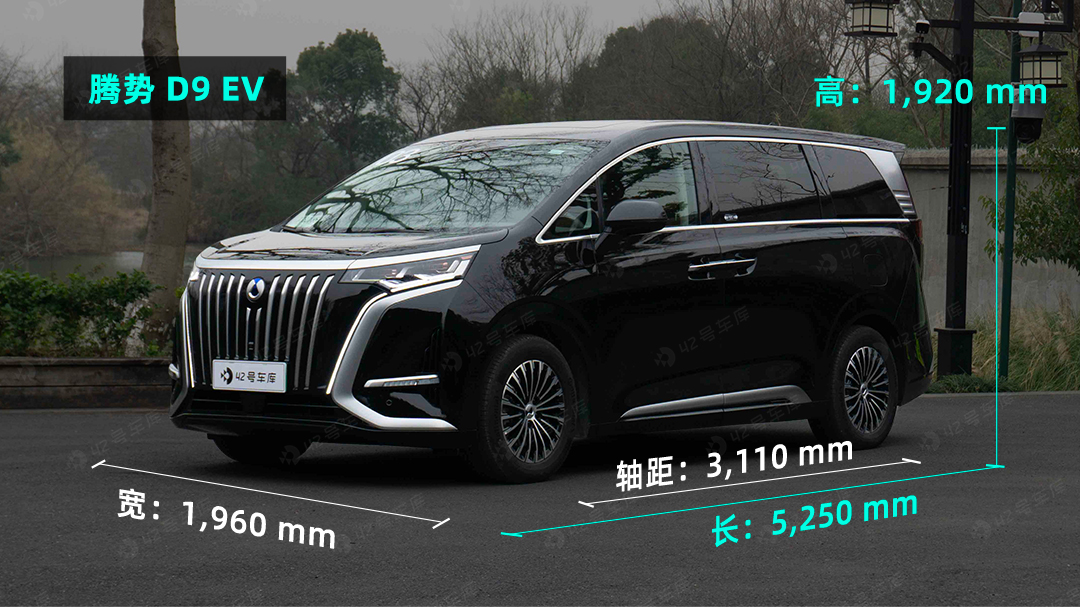
In terms of body size, the EV pure electric version and DM-i hybrid version of the car are exactly the same, with a length, width, and height of 5,250 × 1,960 × 1,920 mm respectively, and a wheelbase of 3,110 mm, making it one of the largest MPVs in terms of size.
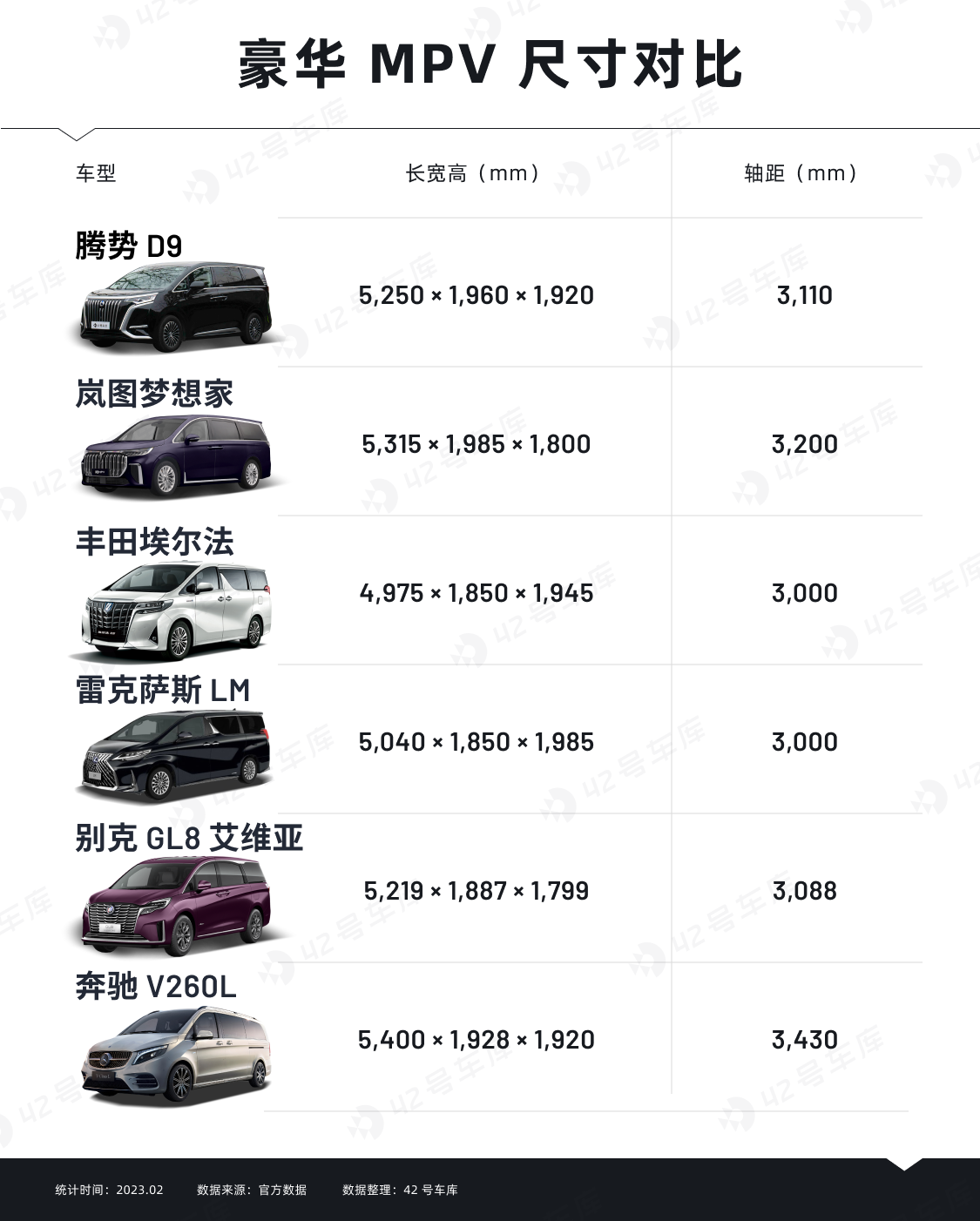
The biggest difference between the EV version of the DENZA D9 and the DM-i is the style of the grille. The DM-i grille is more complex, with separate chrome decorations like steel watchbands that show its grandeur. The EV pure electric version is much simpler. Its front face has a closed design, with a total of 12 straight vertical decorative strips as the entire decoration of the front face. It is slightly less grand than the DM-i version, but the simple lines are more in line with the positioning of the EV pure electric version.

After losing an internal combustion engine, I thought there would be a front trunk in the front compartment. But when opened, it is empty, with the brake oil, washer fluid, and coolant containers that need to be replaced in daily maintenance intentionally placed higher for easier replacement. The high-voltage controller and motor are placed at the bottom, and if a small front trunk can be added in the future, it will be more practical.
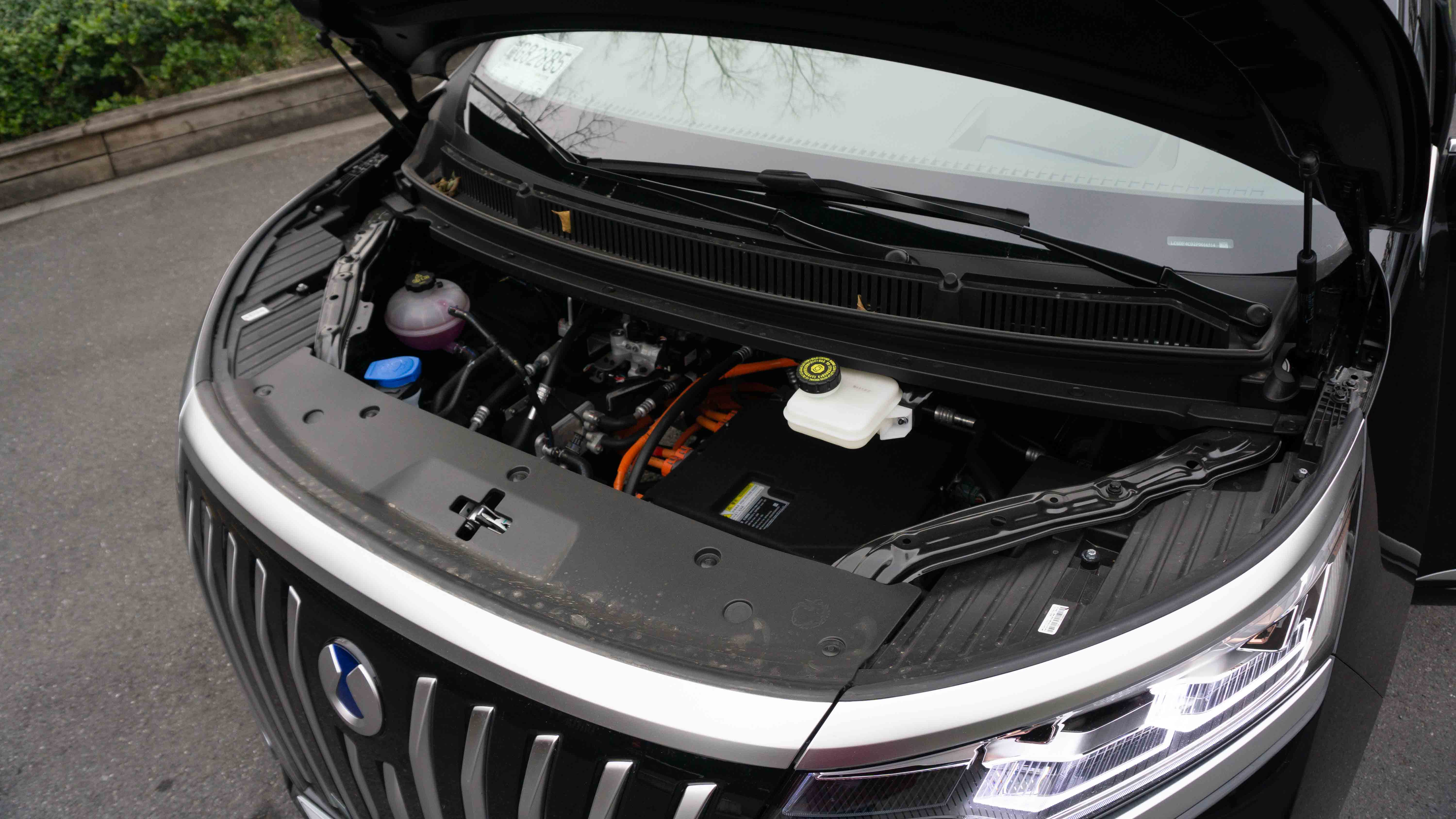
The car is equipped with dual electric doors on both sides, and it is worth noting that during the dual-gun charging process, both rear electric doors are not able to open. Therefore, if there is a need for rear passengers to get off before charging, they should get off in advance and bring their personal belongings. Because when the vehicle starts dual-gun charging, it is difficult to access items in the rear.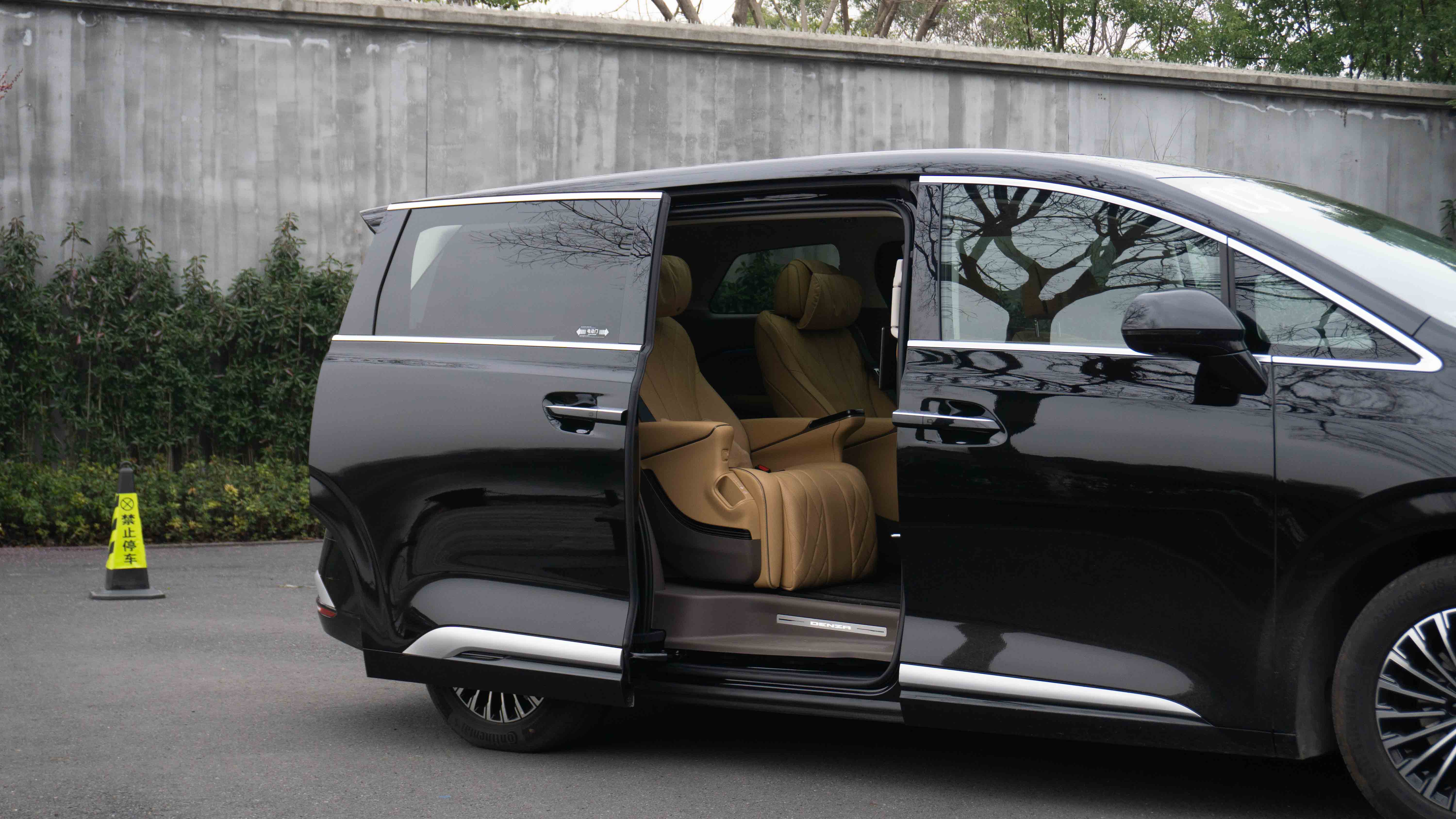
In addition, the tire brand of DENZA D9 EV version is also the same as DM-i, which can provide two types of Michelin e·PRIMACY and Continental PremiumContact C. Michelin e·PRIMACY pays more attention to energy saving, with an average rolling resistance of 2 kg/t lower than that of the same type of tire, and can also take into account a certain grip performance. Even when DENZA D9 is accelerating at full power, there will be no phenomenon of slipping and ESP intervention. The latter, Continental PremiumContact C, pays more attention to performance and handling.
Whether it is EV or DM-i, both are 235/60 R18 specifications, and the wide and thick sidewall is also a key factor in ensuring comfort. The top-end models are also equipped with self-repairing function. Even if nails are punctured on the road, as long as they are not too large, they can still be driven normally, which is very convenient and worry-free.

There is almost no change in the rear of the EV version, except for the word “EV” on the tail badge. Keeping the square design, plus the rear spoiler can optimize the airflow to reduce resistance to a certain extent.
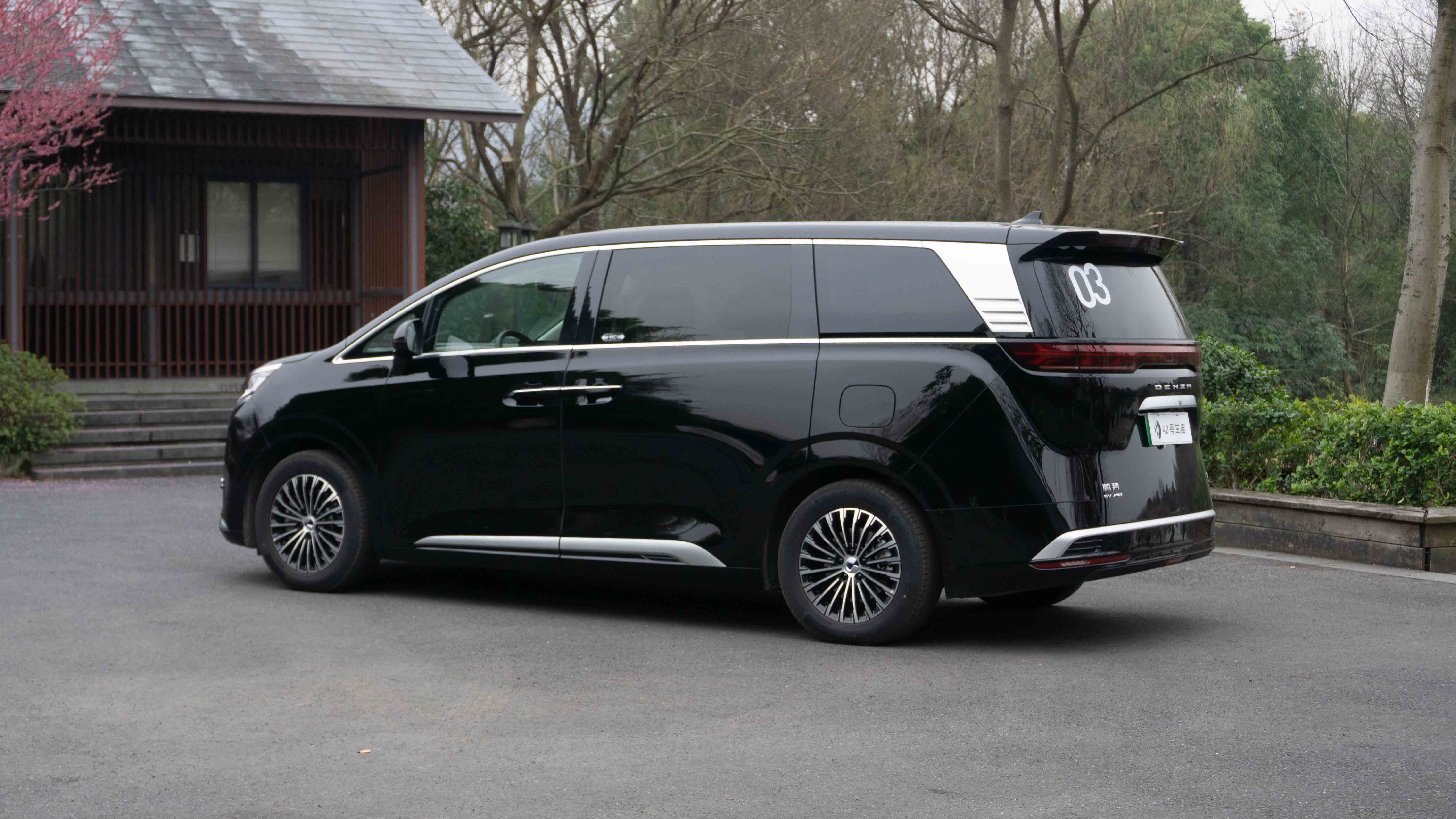
OTA: Assisted driving is the focus
During this display process, DENZA also demonstrated the next version of OTA update, which will add 14 contents and optimize 23 experiences. The main highlights of this OTA are focused on assisted driving, APA automatic parking, and Link smart interaction.
In terms of assisted driving, there will be intelligent cruise control (ICC), emergency lane departure assistance (ELKA), interactive lane change assistance (ILCA) (lever lane change), and lane departure assistance (LCD/LDW). Among them, LCC can achieve lane centering control within 130 km/h, and ACC can achieve adaptive cruise control within 150 km/h. In addition, there is a large vehicle avoidance function between 60-130 km/h, which can meet the cruise control needs of most scenarios.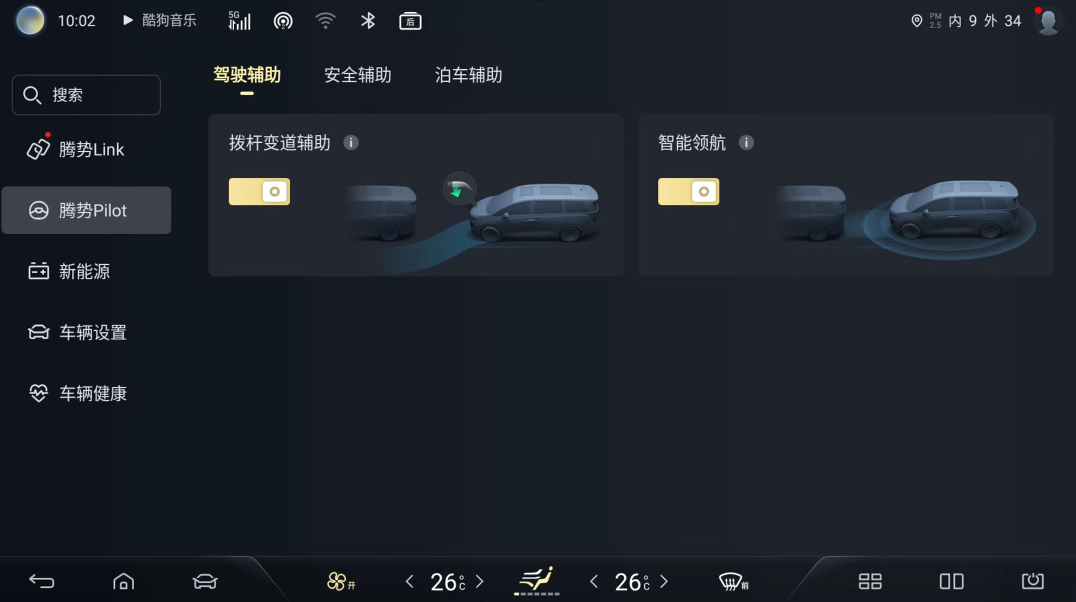
APA Intelligent Parking System has added features such as searching for available parking spaces, storing and selecting parking information, horizontal automatic parking, vertical automatic parking, oblique automatic parking, automatic parking exit and fully automatic parking. When the vehicle is within the speed range of less than 25 km/h, it automatically searches for parking spaces within 0.5-1.5 m around the vehicle and provides up to 6 selectable parking spaces for the driver to choose from, which also satisfies the daily use requirements of automatic parking.
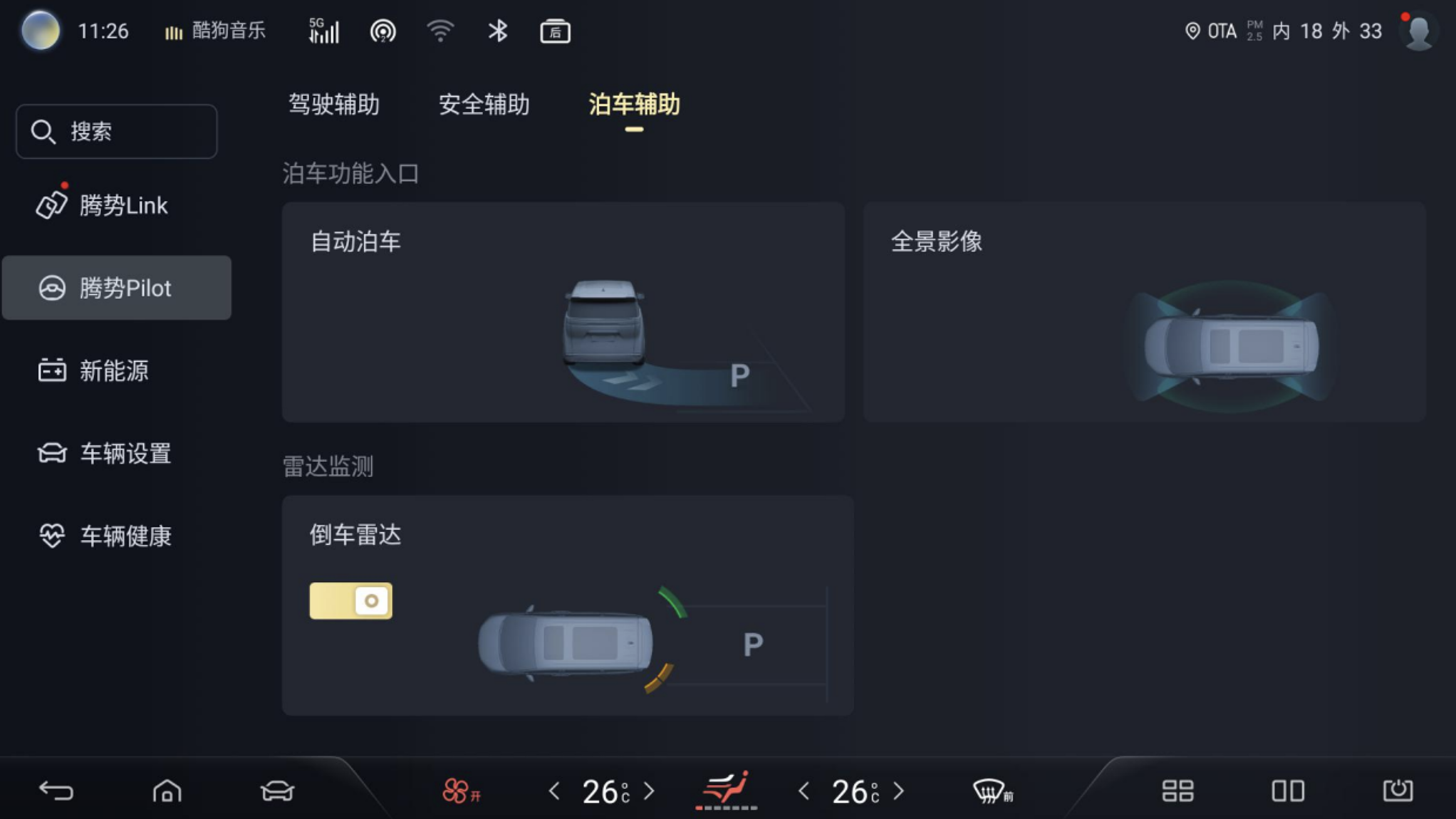
DENZA Link has added new features such as front and rear row theme linkage, dynamic wallpaper, and K song on its smart interactive system. Specific contents were not experienced on this EV model. If you are interested in DENZA D9’s content on auxiliary driving, automatic parking, and car system updates in the interactive voting section, we will also make a separate program for the next OTA release to meet everyone’s needs.
In Conclusion
As a car model with greater practical and power supply needs from DM-i to EV pure electric version, DENZA D9 has offered its best technology and provided a solution for both versions.
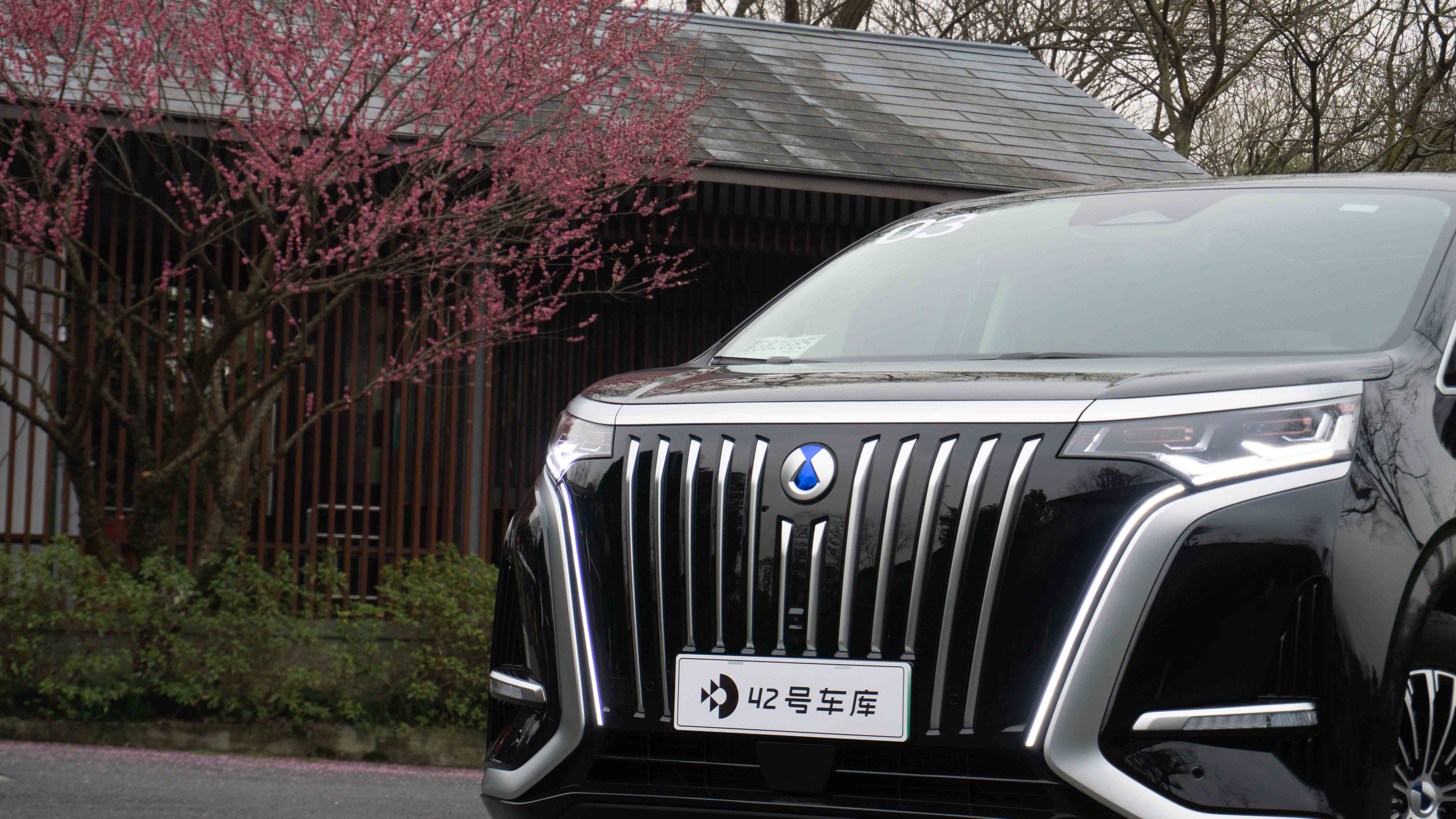
From the perspective of actual tested charging power and the current distribution of charging piles, having a dual-gun fast charging capability on this 103 kWh large battery pack makes sense. Without rejecting piles, the vehicle can run at twice the power output of the charging pile in common scenarios or reach the maximum power output of 166 kW, achieving the effect of rapid power supply replenishment. As the coverage rate of 180 kW fast charging stations increases in the later stage, DENZA D9 EV will also be able to achieve a maximum power supply efficiency of 166 kW for a single gun, which is worthy of recognition.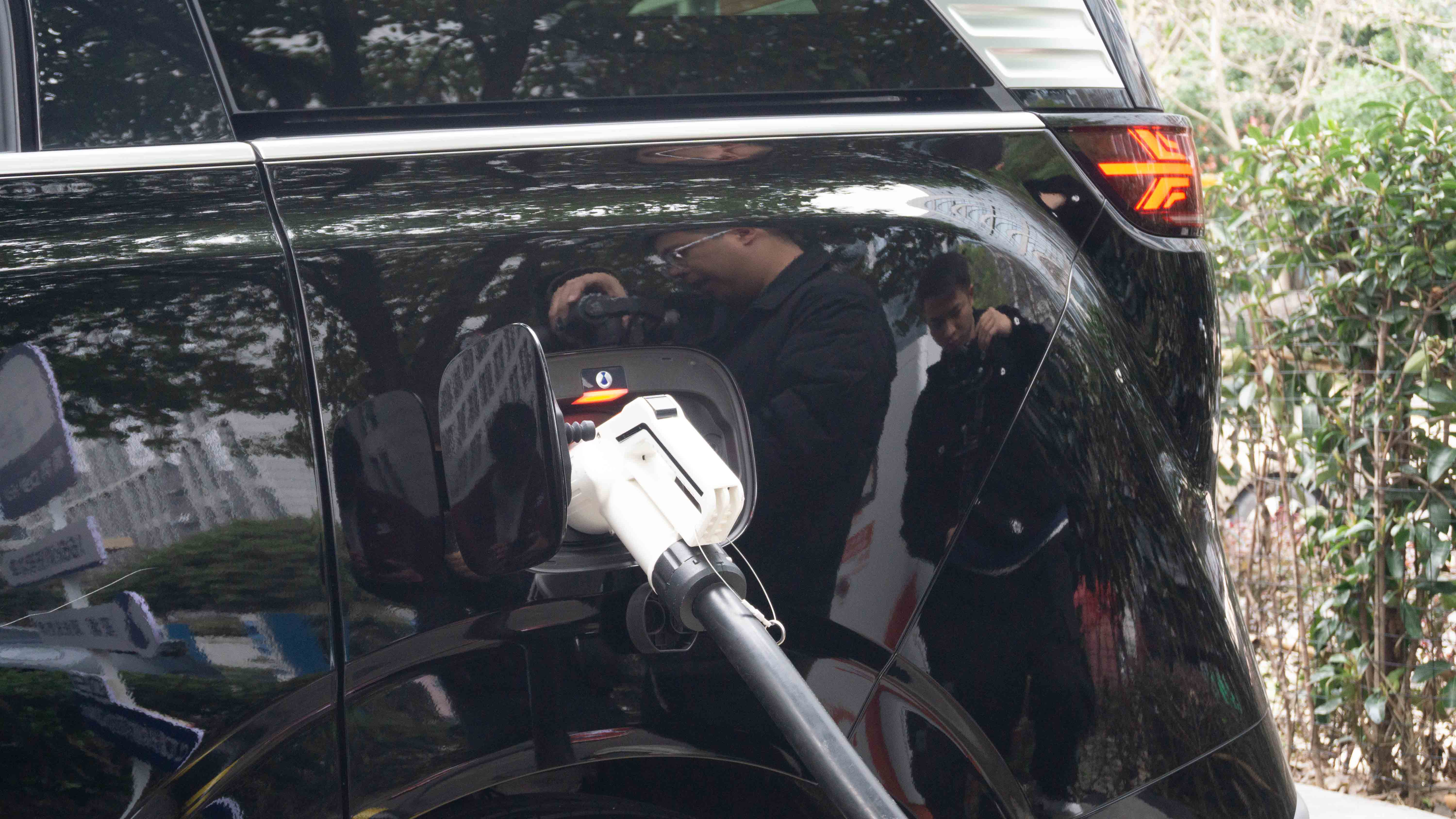
From a user experience perspective, most software and mini-programs are capable of handling multiple orders at the same time. If one is urgently in need of charging or in a rush to depart, temporarily “borrowing” a charging spot would be the best solution for the car owner’s immediate needs.
However, looking ahead in the next few years, 800V high-voltage platforms are becoming more and more popular, and the infrastructure of charging facilities is also being fully upgraded. With charging powers easily exceeding 400 kW, the advantages of dual-gun charging spots will disappear. At this point, we will return to the high voltage and high current method of single-gun charging, so we are looking forward to the popularity of 800V high-voltage platforms as well as high current charging, which is the true technological advance leading to real changes.
This article is a translation by ChatGPT of a Chinese report from 42HOW. If you have any questions about it, please email bd@42how.com.
